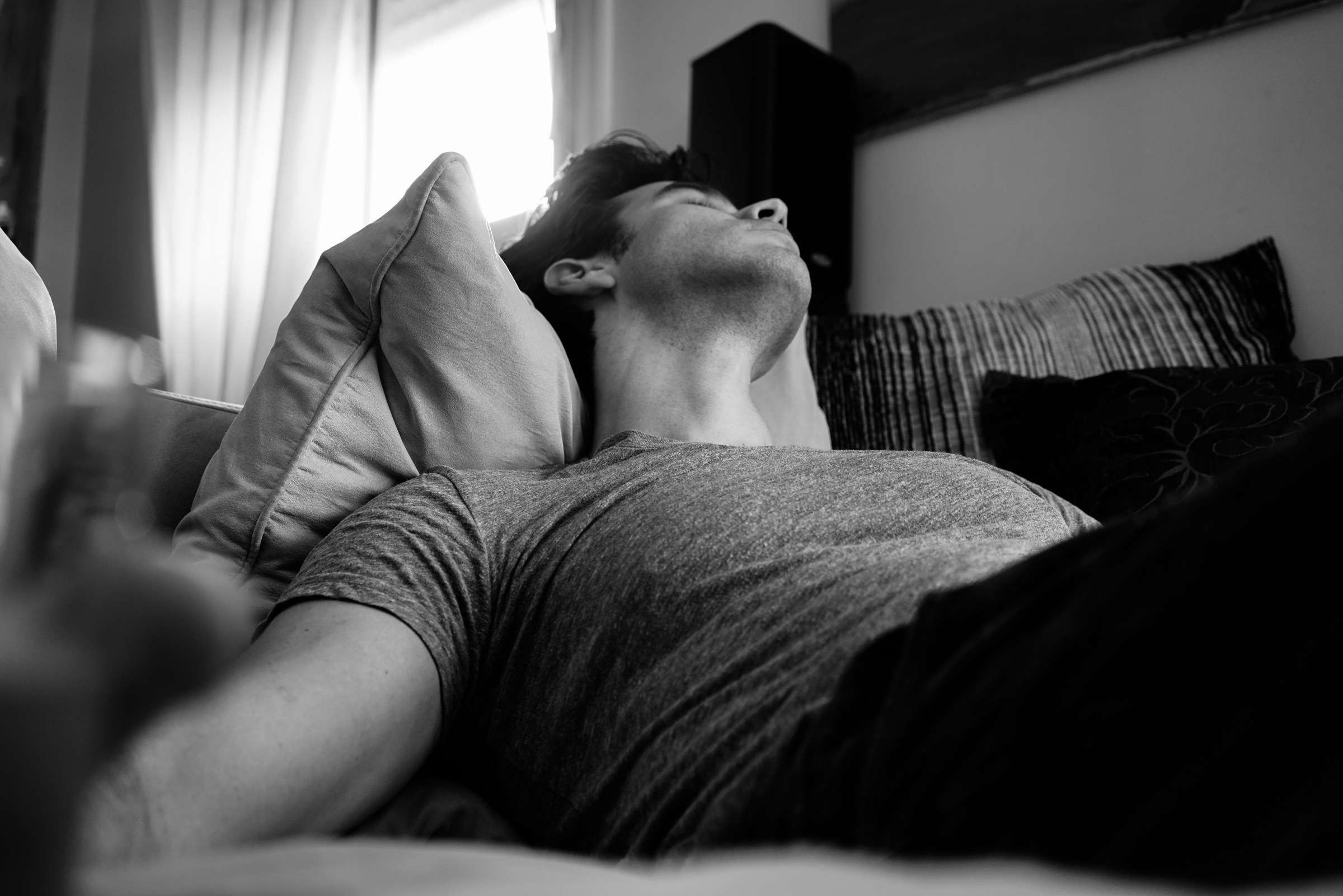Press Contact
Service de presse de l’AP-HP :
Eléonore Duveau & Marine Leroy
01 40 27 37 22
Inserm :
Service de presse de l’AP-HP :
Eléonore Duveau & Marine Leroy
01 40 27 37 22
Inserm :

Sleeping we make it more creative? The study of narcolepsy, which enjoy privileged access to REM sleep, could provide key information to understand this phenomenon. A team including doctors from the hospital Pitié-Salpêtrière AP-HP and researchers from Inserm, CNRS and Université Sorbonne within the Institute for Brain and Spinal Cord Disorders, in collaboration with a team University of Bologna in Italy, revealed the existence of a greater creativity in patients with narcolepsy. The results of the study suggest a link between a particular phase of sleep, REM sleep, and creative abilities. This important advance, published in the journal Brain May 29, 2019, opens new avenues in understanding the cognitive functions of sleep and mechanisms of creative thinking.
Data from the current literature suggest that either nap including REM sleep is followed by an increased period of greater mental flexibility to solve problems. Narcoleptic individuals with privileged access to this sleep phase, would there be a long-term effect on their creativity?
“
By meeting regularly with narcoleptic patients in my service, I noticed they seemed more change in creative activities than average; not only in their careers but also in their leisure or their thinking. “Says Dr. Isabelle Arnulf, head of the Sleep pathology department at the Pitié-Salpêtrière, AP-HP. From this observation was born the idea of exploring the creative capabilities of these patients with regard to their particular access to REM sleep.
A study by Celia Lacaux, a researcher at the Sorbonne University, and Delphine Oudiette researcher at Inserm, within the department of sleep pathologies of the Pitié-Salpêtrière Hospital AP-HP led by Prof. Isabelle Arnulf to ICM, tested in collaboration with a team from the University of Bologna in Italy, the creative capacities of 185 narcoleptic individuals and 126 control individuals.
Defining and measuring creativity is not an easy task. In neuroscience, it can be defined as the ability to produce something both original and adapted to the constraints. To evaluate and obtain the fullest possible extent, the researchers used two methods:
Narcoleptic individuals generally received higher scores than the control subjects, both objective measures and subjective. ” If narcoleptic subjects had higher scores than control subjects, only some of them really stood out in terms of creative fulfillment. This suggests that we really encourage narcoleptic people realize their potential. “Said Delphine Oudiette, Inserm researcher at the MHI, who led the study. ” Moreover, among people with narcolepsy, the subgroup of lucid dreamers obtenaitles highest scores of creative profiles test, suggesting a role of dreams in the creative abilities. “
Service de presse de l’AP-HP :
Eléonore Duveau & Marine Leroy
01 40 27 37 22
Inserm :
Service de presse de l’AP-HP :
Eléonore Duveau & Marine Leroy
01 40 27 37 22
Inserm :
Increased creative thinking in narcolepsy.
Célia Lacaux Charlotte Izabelle Giulio Santantonio Laure De Villèle Johanna Frain Todd LubartFabio Pizza Giuseppe Plazzi Isabelle Arnulf Delphine Oudiette
Brain, awz137, https://doi.org/10.1093/brain/awz137
Increased creative thinking in narcolepsy.
Célia Lacaux Charlotte Izabelle Giulio Santantonio Laure De Villèle Johanna Frain Todd LubartFabio Pizza Giuseppe Plazzi Isabelle Arnulf Delphine Oudiette
Brain, awz137, https://doi.org/10.1093/brain/awz137